Thermal imaging is interesting and potentially quite useful. Though working examples of it have been around since the 1920s, I think that it will become much more prevalent in the next decade. For example, for between $250 and $500, you can buy a neat accessory for telephones. Or you can even buy a $350 telephone with it built in these days.
On my autonomous boat, I’ve collected a lot of video from a thermographic camera designed for marine use. The fact that anything that produces heat is usually glaringly obvious makes this kind of sensor very compelling for boat use. Check out how well I stand out in a typical water scene.
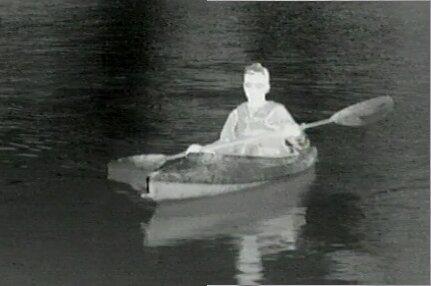
(Let’s save reflections for another discussion.)
Or how about this shot showing me tying up the boat at the dock.
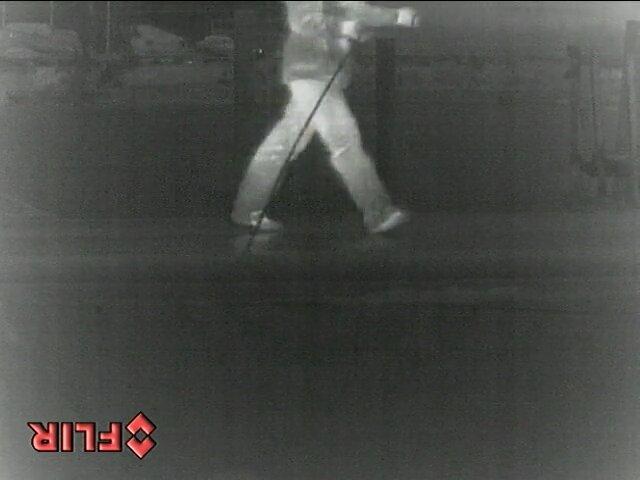
If you’re in the business of rescuing people who are in the water, there is a 99% chance that this camera will be incredibly valuable and you should probably have one. But look again at the previous photo — that image shows a strange day where the sky, land, and water are all practically the same temperature. If you want to use this kind of imagery to choose where navigable water might be, there are plenty of difficult situations.
Check out the amazing ability of the camera to pick out ducks far away in the background.
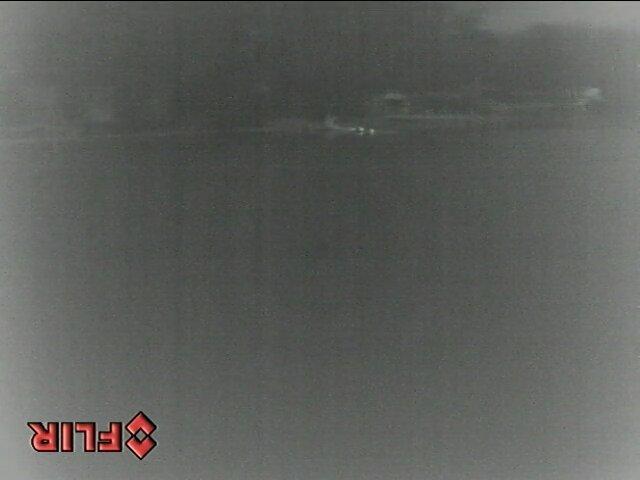
But in this cold water on a cold day, the contours of the terrain are completely lost. It’s not just cold days that can be problematic. Check out these images where the shore and the water have some ambiguous temperature readings.
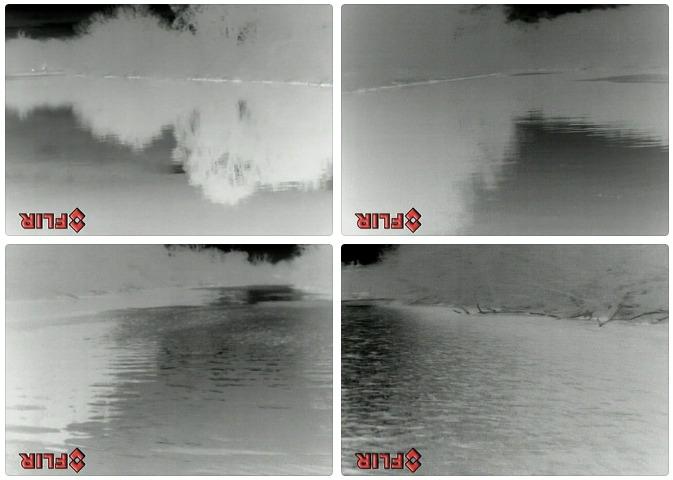
As a general rule living things tend to glow pretty brightly but check out this shot of me on a day where swimming is cold but standing around in the wind and rain is colder.
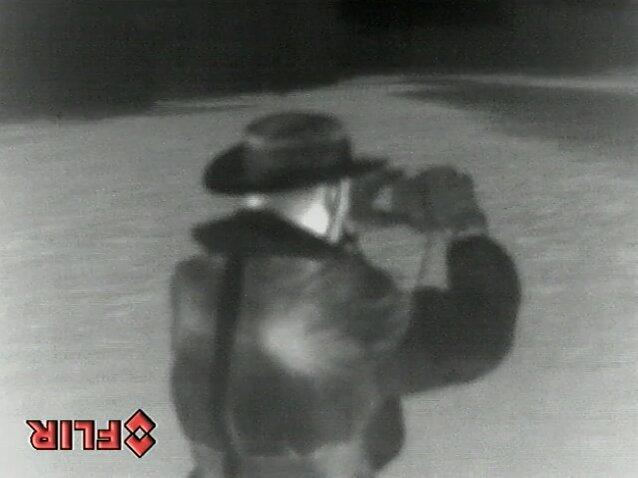
It’s easy for humans to tell what’s going on and not impossible for computers to make some sense out of it with some machine learning effort. But naively assuming that the sensor itself will make the underlying situation as black and white as the image itself is not a safe assumption.